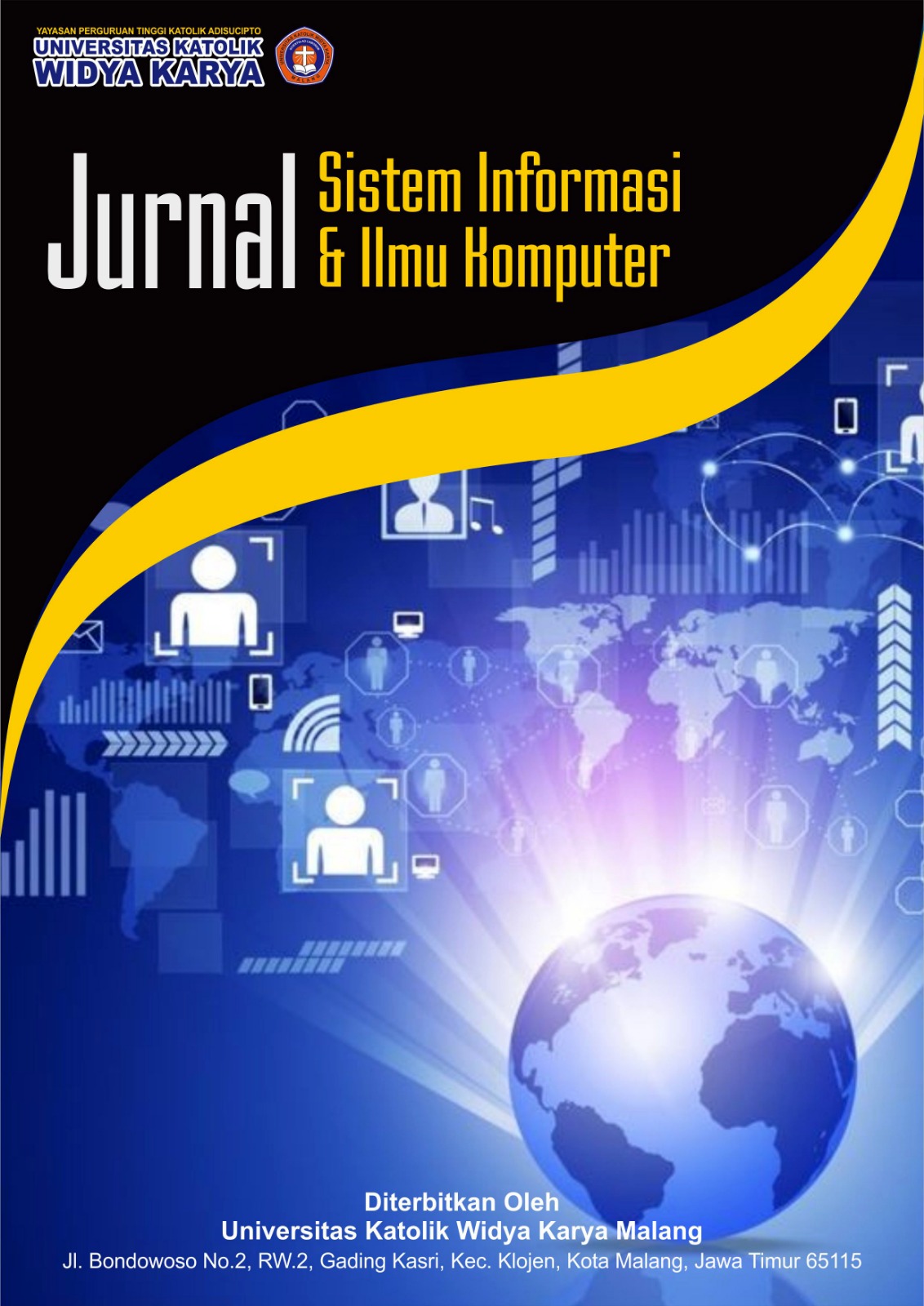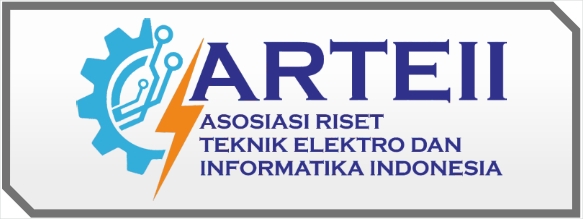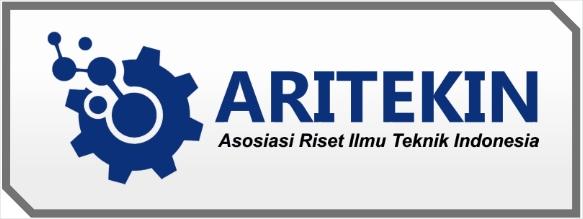Perbandingan Kinerja iOS dan HarmonyOS dalam Performances
DOI:
https://doi.org/10.59581/jusiik-widyakarya.v3i1.4497Keywords:
iOS, HarmonyOS, performanceAbstract
This study compares the performance of two leading mobile operating systems, iOS and HarmonyOS, focusing on technical aspects such as power efficiency, application response speed, background application management, and graphics rendering performance. Using a literature review method, data was collected from scientific sources, comparative reports, and official documents. The analysis results show that iOS excels in hardware-software integration, providing high energy efficiency and stable performance, especially on mobile devices. In contrast, HarmonyOS stands out for its flexibility and multi-device integration, making it ideal for the IoT ecosystem. However, this flexibility has limitations on energy efficiency and performance of some devices. The study concludes that iOS is suitable for users who prioritize a stable and exclusive experience, while HarmonyOS is more ideal for those who need the flexibility of an open ecosystem.
References
Apple Inc. (n.d.). Metal overview - Apple developer. Apple Developer. https://developer.apple.com/metal
Brocanelli, M., & Wang, X. (2020). Supervisory performance control of concurrent mobile apps for energy efficiency. IEEE Transactions on Mobile Computing, 19(3), 740–751. https://doi.org/10.1109/TMC.2019.2897930
Document. (n.d.). https://device.harmonyos.com/en/docs/apiref/background-task-schedule-control-0000001200249759
Dr. Gunawan, A. A. N., MT., Putra, I. K., M. Si, Supardi, I. W., S. Si. ,. M. Si, Ilham, Dr., S. T. ,. M. T., & Mutiara Intelektual Indonesia. (2024). Dasar ilmu komputer dan jaringan (A. Fuadi S. Sos, Ed.). Mutiara Intelektual Indonesia. https://www.researchgate.net/publication/378298993
Dr. Ir. Wibowo, A., M. Si, Santoso, J. T., M. Kom., Wibowo, M. C., M. Mm. Tech, & Wibowo, A., M. Kom. (n.d.). Menjadi technopreneur cerdas (By Universitas STEKOM & Universitas Sains & Teknologi Komputer (Universitas STEKOM)). Yayasan Prima Agus Teknik.
iOS background execution limits | Apple Developer Forums. (n.d.). https://forums.developer.apple.com/forums/thread/685525
iOS. (2024). iOS, 117–135. https://doi.org/10.1002/9781394256129.ch9
iPhone 13 Pro - Geekbench. (n.d.). https://browser.geekbench.com/v6/cpu/9548488
Kadir, A. F. A., Lashkari, A. H., & Firoozjaei, M. D. (2024). iPhone operating system (iOS). In Progress in IS (pp. 43–55). https://doi.org/10.1007/978-3-031-48865-8_3
Kadir, A. F. A., Lashkari, A. H., & Firoozjaei, M. D. (2024b). Other operating systems. In Progress in IS (pp. 71–87). https://doi.org/10.1007/978-3-031-48865-8_5
Liu, S., Rong, X., Li, S., & Dong, A. (2022). Design of Harmony OS-based IoT system for wearable health monitoring. Design of Harmony OS-based IoT System for Wearable Health Monitoring, 21, 58. https://doi.org/10.1117/12.2629141
Liu, Y. (2023). A stable cloud storage algorithm for online interaction effect data based on HarmonyOS. 1117–1121. https://doi.org/10.1109/icais56108.2023.10073704
Ma, T., Zhao, Y., Li, L., & Liu, L. (2023). CiD4HMOS: A solution to HarmonyOS compatibility issues. 2021 36th IEEE/ACM International Conference on Automated Software Engineering (ASE), 2006–2017. https://doi.org/10.1109/ase56229.2023.00134
Magics-Verkman, H., Zmaranda, D. R., Győrödi, C. A., & Győrödi, R. (2023). A comparison of architectural patterns for testability and performance quality for iOS mobile applications development. A Comparison of Architectural Patterns for Testability and Performance Quality for iOS Mobile Applications Development, 6, 1–4. https://doi.org/10.1109/emes58375.2023.10171619
Man, Z., Li, P., Zhou, D., Zang, R., Wang, S., Li, P., Liu, S., Li, X., Wu, Y., Liang, X., & Wang, G. (2019). High-performance lithium–organic batteries by achieving 16 lithium storage in poly(imine-anthraquinone). Journal of Materials Chemistry A, 7(5), 2368–2375. https://doi.org/10.1039/c8ta11230d
Metekohy, A. R. J., Rotikan, R., Sihotang, J. I., Stenly Adam, Andryanto. A, Simarmata, J., Santi Ika Murpratiwi, Saputra, F. H., Hamzah, M. A., H, M. R., & Sudirman. (2024). Pengantar teknologi digital: Web dan mobile teknologi (Abdul Karim, Ed.; Cetakan 1, Januari 2024). Yayasan Kita Menulis. https://www.researchgate.net/publication/381291236
Muhamad, N. (2024, September 11). Terus naik, jumlah iPhone aktif global tembus 1,38 miliar unit pada 2023. Katadata. https://databoks.katadata.co.id/teknologi-telekomunikasi/statistik/66e14ae433e35/terus-naik-jumlah-iphone-aktif-global-tembus-138-miliar-unit-pada-2023
Ng Sheng Weng, V. & UNIMY. (2020). HARMONI sistem operasi fitur dan tantangan. In UNIMY [Journal-article]. https://www.researchgate.net/publication/341849888
Pramanik, P. K. D., Sinhababu, N., Mukherjee, B., Padmanaban, S., Maity, A., Upadhyaya, B. K., Holm-Nielsen, J. B., & Choudhury, P. (2019). Power consumption analysis, measurement, management, and issues: A state-of-the-art review of smartphone battery and energy usage. IEEE Access, 7, 182113–182172. https://doi.org/10.1109/ACCESS.2019.2958684
Putri, A., Nasution, A., Zahra, A., Lubis, I., Izmi, A., & Atiqah, H. (2024). Pengaruh sistem operasi terhadap sistem informasi. 2(1), 42–45.
Xinhua. (2024, June 22). Lebih dari 900 juta perangkat beroperasi dengan HarmonyOS milik Huawei. Antara News. https://www.antaranews.com/berita/4163397/lebih-dari-900-juta-perangkat-beroperasi-dengan-harmonyos-milik-huawei
Downloads
Published
How to Cite
Issue
Section
License
Copyright (c) 2024 Jurnal Sistem Informasi dan Ilmu Komputer

This work is licensed under a Creative Commons Attribution-ShareAlike 4.0 International License.














